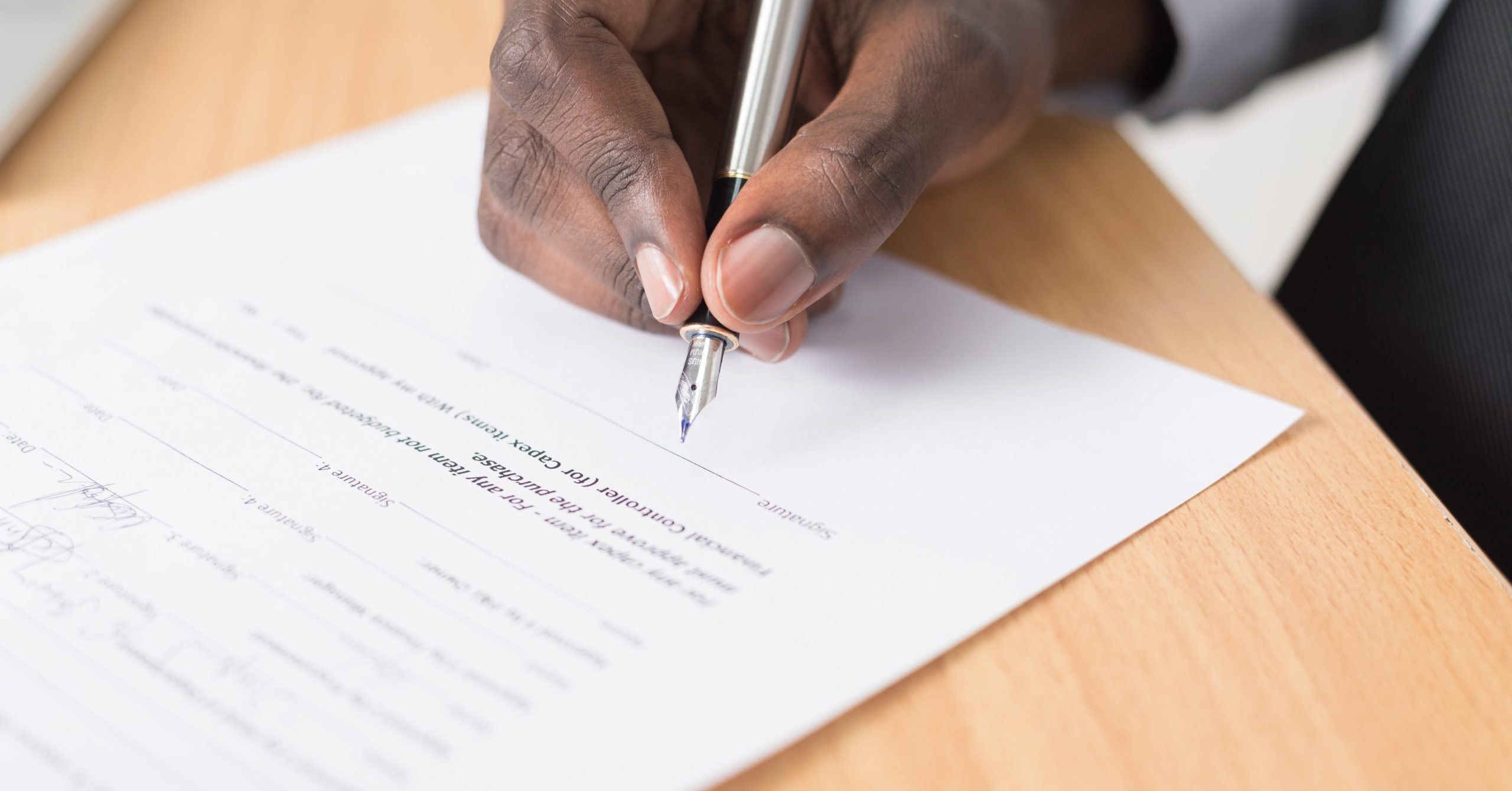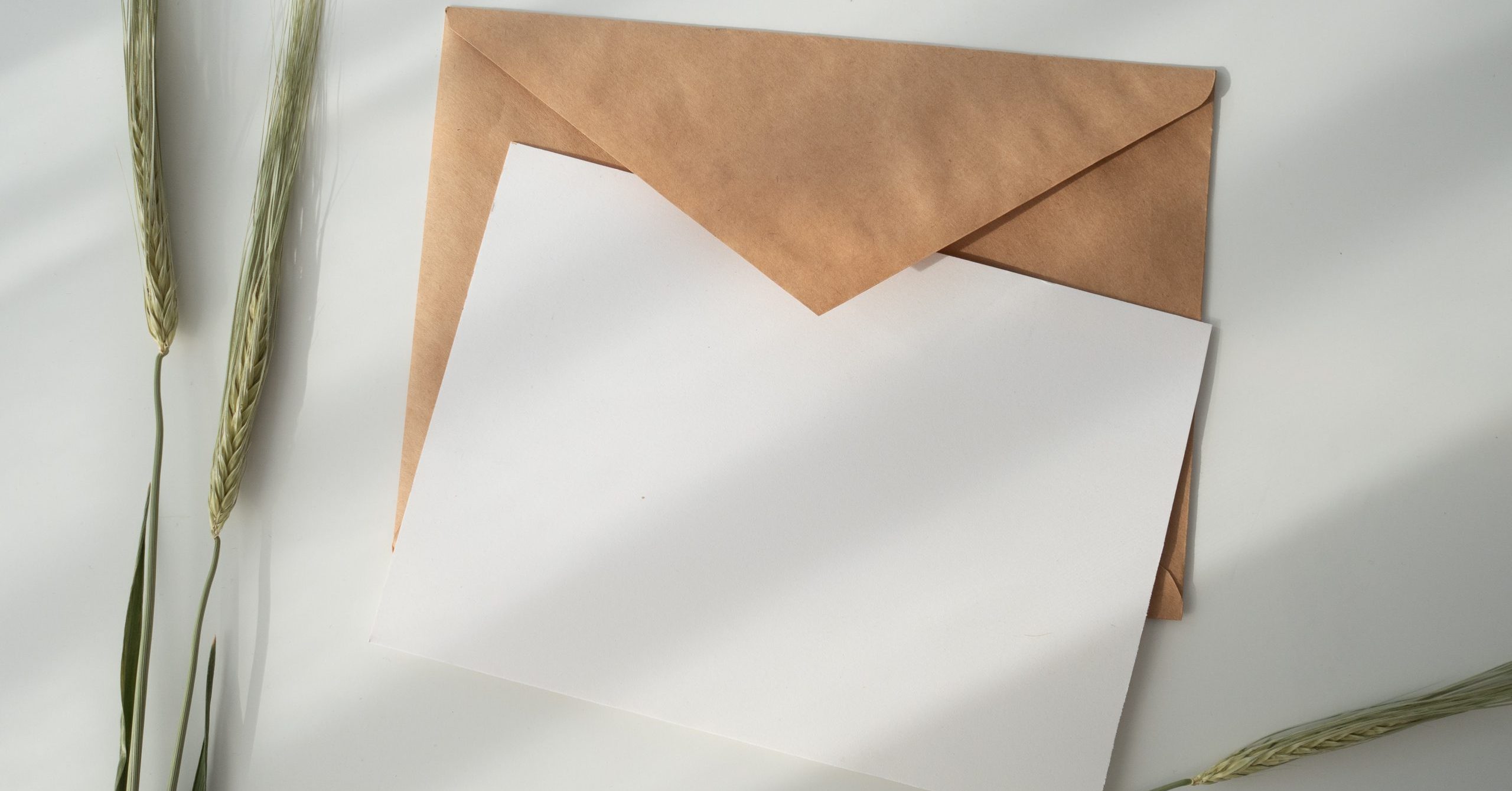Originally published by Daily Journal. Lawyers may earn 1 MCLE credit by visiting Written by Bob…
Spotlight on Electronic Discovery: Challenges Presented by the Internet of Things

Originally published by JD Supra Business Advisor.
eDiscovery is poised to enter a new revolution as the Internet of Things (“IoT”) continues its seemingly exponential growth. IoT is the ecosystem of interconnected sensory devices that perform coordinated, pre-programmed – and even learned – tasks without the need for continuous human input. Consider your fitness tracker that logs your sleep and physical activity, or sensors in your vehicle that track your driving habits on behalf of your auto insurance provider– all of these objects log and upload data about your body and habits into the cloud for analysis and use in automated tasks. All this data, projected to impact nearly every facet of industrialized society, has presented numerous preservation, collections, and analytical challenges for litigators navigating eDiscovery in the world of the IoT. But despite these challenges, litigators can use technological and legal tools to effectively manage IoT discovery.
1. It is true that IoT was not designed with eDiscovery in mind, but neither was email or social media.
IoT data is generated by machines and usually transferred to the cloud rather than being stored on devices. This data storage process, which is largely automated, presents numerous preservation conundrums for litigators.
“Although innovation in eDiscovery necessarily lags behind the innovation of the underlying technology, technology has always solved the problem that it had created. There’s no reason to believe the IoT experience will be materially different. But until that day arrives, courts should avail litigants of protections against disproportionate eDiscovery efforts,” said Elizabeth McGinn, Partner in the DC office of BuckleySandler LLP.
2. The responding litigant may not have the requisite control over IoT data to preserve it.
“The challenge of who controls cloud data is not unique to the IoT,” said Ty Yankov, Associate in the DC office of BuckleySandler LLP.
Technology companies have invested billions to maintain access to the data created from IoT devices, which calls into question who can control data created by such devices – the company who created the device or the person who’s data the device has collected?
3. Preservation of IoT may be limited by the proposed revisions to the Federal Rules of Civil Procedure.
“Perhaps the most potent limitation to a party’s preservation and collection obligation of IoT data may rest in the timely proposed revisions to the Federal Rules of Civil Procedure, which are widely expected to take effect by the end of 2015,” said McGinn. Mindful of litigants’ inclination to over-preserve evidence, the Rules Committee seeks to clarify and limit litigants’ discovery obligations in four important ways:
- Proposed Rule 26(b) limits discoverability to issues within the parties’ claims or defenses, eliminating broad subject matter discovery.
- Proposed Rule 26(b)(2)(i) redefines the scope of discovery to include a proportionality principle.
- Proposed Rule 37(e) extends the proportionality principle to the duty to preserve evidence.
- Proposed Rule 26(b)(2)(B) reaffirms the allocation of expenses as a potential protective order remedy.
“IoT’s impact to data preservation and collection in eDiscovery will be more muted that many fear,” said Yankov. “This is in large part due to the anticipated adoption of the proposed revisions to the Federal Rules as applied to the unique challenges of its preservation and accessibility.”
In their recently published article, “Treading Beyond the Iota of Fear: eDiscovery of the Internet of Things,” McGinn and Yankov provide further discussion on the changes and challenges IoT brings to eDiscovery.
Read more at http://www.jdsupra.com/legalnews/spotlight-on-electronic-discovery-chall-38487/





